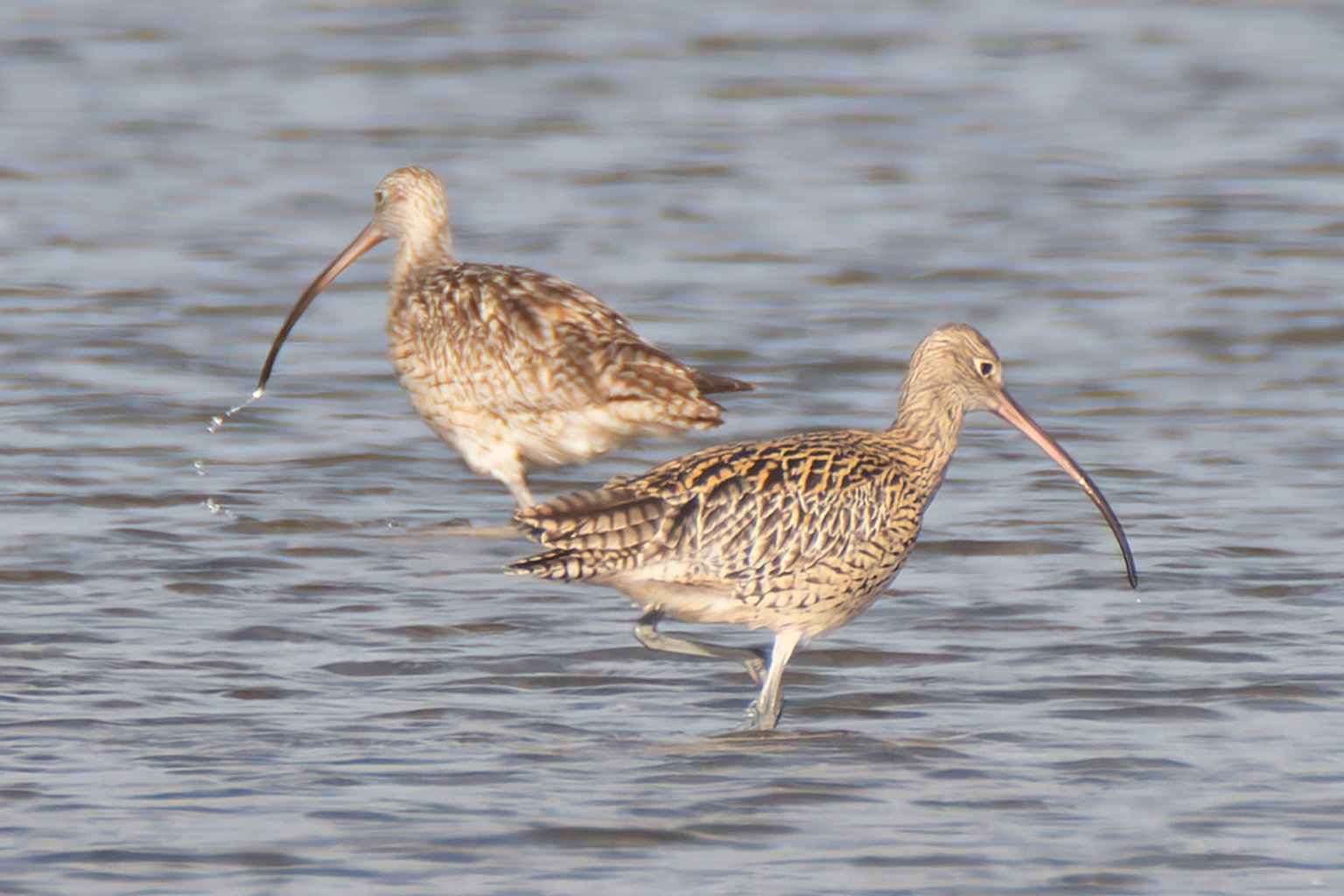A 250 megawatt solar farm with battery storage capability has been proposed for Tasmania’s Central Highlands, with developers lodging an application under federal environmental legislation.
The Weasel solar and battery project, located nine kilometres north of Bothwell, would occupy a 435-hectare site and include battery storage of up to 144 megawatts with four hours of capacity.
Up to 4,000 single-axis tracking solar panels would be installed installed over 270 hectares of land, while battery and inverter units would operate within structures resembling a 20-foot shipping container.
The development is a partnership between local landowners, the Downie and Bowden families, and Melbourne-based developer Alternate Path.

In their application to the Environment Protection and Biodiversity Conservation, the developers highlighted the growing evidence for “agrisolar” benefits.
Local landowner Peter Downie said the project has been designed to minimise environmental impact while maximising agricultural potential.

“The proposal vision is to use renewable energy alongside agricultural and forestry practices to generate real and lasting social and economic benefits for Bothwell, surrounding landowners and the state of Tasmania,” he said.
Most infrastructure would be located on existing cleared agricultural land and the solar farm will be constructed to enable the continued use of the land for grazing sheep underneath the solar panels.
The project falls within the planned Central Highlands Renewable Energy Zone and would connect to the grid via an existing 220 kV transmission line running through the property, suppling electricity to the national grid.
Proponents claim the project would create 300 jobs during construction, along with eight direct ongoing direct jobs throughout its 30-40 year lifespan.

The plant would produce enough energy to power the equivalent of 30,000 homes.
The agency will now decide whether the project needs assessment as a controlled action under the Environment Protection and Biodiversity Conservation Act.
The proposal has been published for public submissions until May 5







